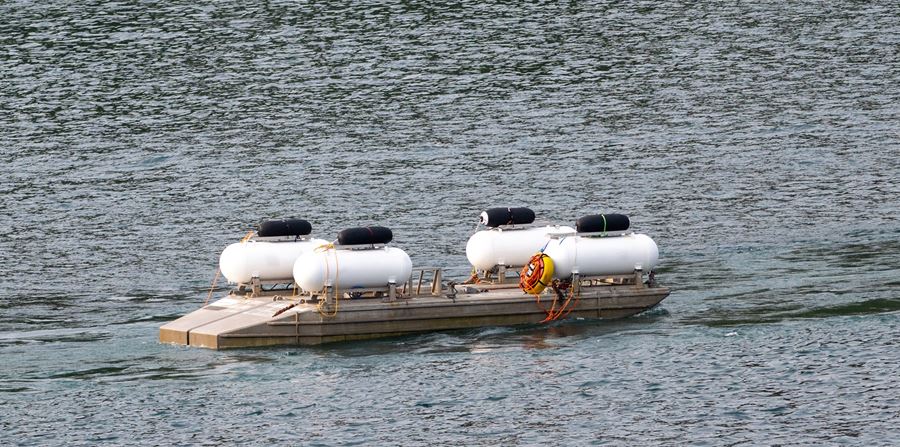What Exactly Went Wrong With the OceanGate Submersible Vessel?

So, what exactly went wrong with the OceanGate submersible vessel? That is the million-dollar question! As many of us now know, OceanGate is a company that set out to build submersible vessels for repeated leisure use as part of the emerging “exploratory tourism” market. We know now that the vessel failed catastrophically, and imploded, killing the five people on board. There will undoubtedly be many inspections and tests performed on the remains of the ship to try and understand the sequence of events that led to the ultimate failure.
Since the missing submersible vessel went viral, we have learned that “Experts from within and outside OceanGate had raised concerns about the safety of its Titan submersible as far back as 2018”. "It hasn't surprised us," said Will Kohnen, the chair of the Marine Technology Society's Submarine Committee (formerly the Manned Underwater Vehicles Committee), about the Titan's disappearance. "We've been aware of this project for some time and have had some concerns. "In March 2018, after one of the international industry group's annual conferences, Kohnen drafted a letter to OceanGate CEO Stockton Rush — the pilot of the missing vessel — expressing "unanimous concern" on behalf of its members about the development of the Titan and its planned Titanic expeditions. Kohnen told Morning Edition's A Martínez that the group's main concern was a lack of oversight and adherence to industry-accepted safety guidelines. "Most of the companies in this industry that are building submersibles and deep submersibles follow a fairly well-established framework of certification and verification and oversight, through classification societies," he said. "And that was at the root of OceanGate's project, is that they were going to go solo, going without that type of official oversight, and that brought a lot of concerns."
What type of design framework and oversight is Will Kohnen referring to, for building a safe exploratory vehicle?
In engineering design, a relatively new concept is a fail-safe practice that, in the event of a specific type of failure, the structure of interest will respond in a way that will only cause minimal or no harm to other equipment, the environment or people. That is, if and when a "fail-safe" system fails, it remains at least as safe as it was before the failure. To achieve this goal, failure mode and effects analysis need to be conducted thoroughly to examine failure situations and recommend safety design and procedures. A good example would be for engineers who build airplanes with carbon fiber or any material for that matter to assume there are always inherent defects and/or cracks existing in the material system used. The fail-safe approach would then require the designers to develop the knowledge of load vs. crack propagation behavior of the material used under repeated cyclic load conditions during take-offs and landings. Since the premise is there will always be defects and/or cracks present in the structure and the defects/cracks will continue to propagate, the structure is inherently presumed to continue to “fail” during the projected useful life span. With that assumption in mind, ultimately, the design will need to be such that the continued progression of the failure is accounted for and will not impact the safety of the structure in any adverse manner.
In the case of OceanGate incident, industry experts had apparently raised concerns about the company not adhering to the philosophy of understanding material behavior and validating the vessel system’s fail-safe margin before taking on the intended missions. On top of the questionable business practices, carbon fiber composites, in this case, a 5” thick wall structure, isn’t the most conducive material for inspection and/or failure mode observation either. Therefore, any damage sustained during the initial voyages prior to the final fatal trip would have clarified where and how the material/structure behaved under such tremendous pressure.
But, without destructive testing of the vessel, which would have been an expensive and time-consuming proposition, the critical material system failure mode information was not taken into account. Consequently, the normally required iterations to perfect a structure design when utilizing new or atypical material were omitted.
It's evident from nature that hands-on experience is often the best way to learn and make progress. However, OceanGate failed to learn from its mistakes and ultimately paid a heavy price, losing five lives in the process. It is now the job of forensic experts to determine the failure mode of the vessel to understand how it failed and to share knowledge of how to prevent similar failures in the future.
Source: Titanic sub updates: OceanGate knew about safety concerns for years : NPR
Our experts are ready to help.
